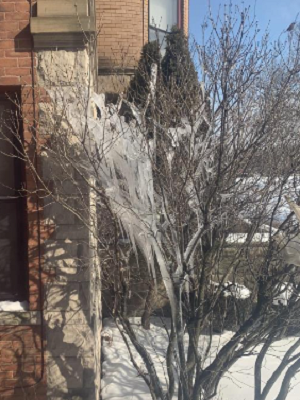This grade 6 Physical Science unit focuses on the inquiry question, “How are Ice Spikes Formed?” Students will begin with a science occurrence found in nature that is relevant to their world. Students will see culturally relevant material and read about an African American Scientist. This five-day unit supports the NGSS Science and Engineering practice of Developing and Using Models. Students will end the unit with creating an argument based on their previous work to help explain the inquiry question. This unit draws on the Reading Apprenticeship instructional framework and classroom routines including the Reading Identity Form, Think Aloud Checklist, Annotating text, and social Scaffolds.
Evaluating a Range of Framing Questions (6.25)
These framing questions were developed by teachers of different subject areas and with varying Reading Apprenticeship experience and varying experience using the observation protocol. Teams can consider which of these might yield the richest learning — for the teacher being observed and for the team as a whole — as preparation for writing their own framing questions.
Classroom Observation Protocol (6.24)
When teachers allow colleagues to watch them teach, an observation protocol makes the transaction safer for everyone—this resource contains a sample. The teacher being observed sets the parameters of what observers should be watching for, and observers have a clear structure within which to respond.
What Does a Reading Apprenticeship Classroom Look Like? (6.23)
Teachers can use this snapshot of a Reading Apprenticeship classroom as a reflection tool, for lesson planning, and with colleagues for peer observations. It can also serve as a guide for administrators’ classroom walk-throughs.
Exploring Classroom Vignettes Protocol (6.22)
When teams explore print and video classroom vignettes, the vignettes serve as a common text that allows team members to observe student and teacher behaviors that contribute to students’ academic identity and growth. This document provides context and protocols for classroom vignettes as a learning opportunity.
Sources of Classroom Vignettes for Exploration (6.21)
Reading for Understanding is a rich resource for classroom vignettes. This document lists 13 classroom close-ups found in the pages of Reading for Understanding, as well as videos posted on this website.

